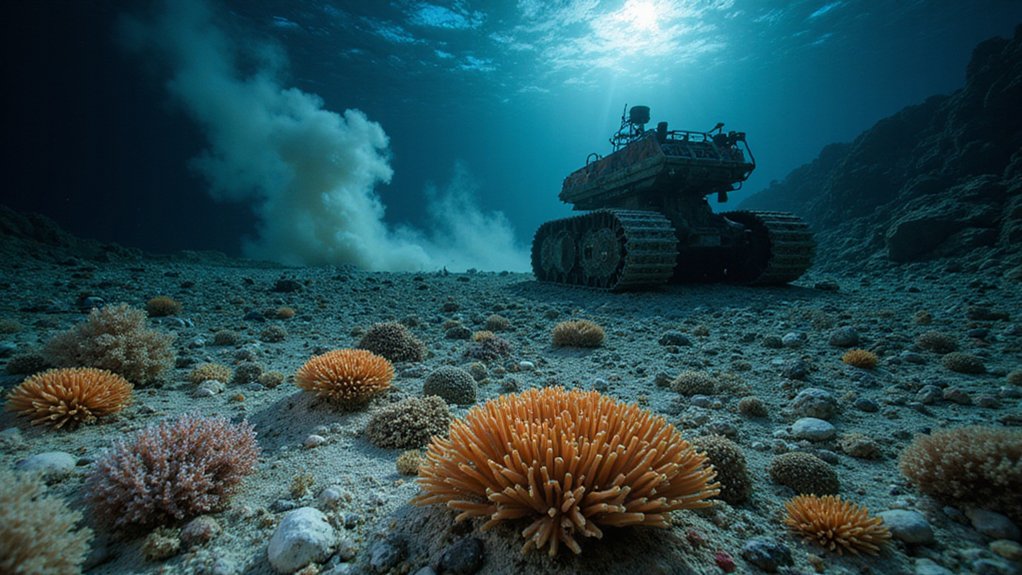While most people worry about volcanoes destroying cities, scientists are busy figuring out how to steal their lunch money for electricity. Augustine Island, that temperamental rock off Alaska’s coast, is about to become Geoalaska‘s newest power plant. The company’s drilling into the volcanic core this year, chasing superheated fluids trapped beneath layers of ancient lava.
Scientists are turning volcanoes from city-destroyers into power plants by drilling for their superheated fluids.
It’s ambitious. Maybe too ambitious. But with 29 million people already living within spitting distance of active volcanoes globally, someone was bound to try this eventually. Augustine’s been grumpy lately, showing signs of unrest alongside 20 other volcanoes worldwide in early 2025. Perfect timing to stick a drill in it, apparently.
The technology’s gotten smarter at least. AI systems now predict eruptions better than your weather app predicts rain. Machine learning crunches seismic data, gas emissions, temperature spikes – the whole volcanic mood board. Scientists can even apply lessons from well-monitored volcanoes to the sketchy ones nobody’s watching. It’s like using your rich friend’s homework to pass the test. New Zealand researchers pioneered these AI-powered systems after analyzing decades of eruption patterns, finally giving us a fighting chance against volcanic surprises.
Geoalaska’s betting big on this. Volcanic geothermal plants pump out way less CO2 than coal burners, and Alaska’s tired of importing fuel like it’s ordering takeout. The economics make sense on paper. Stable energy prices, local jobs, maybe even surplus power to sell.
Sure, the upfront drilling costs would make your accountant cry, but new tech’s bringing those down. Similar volcanic energy projects are already underway in places like Indonesia’s Dieng Volcanic Complex, where phreatic eruptions and ancient Hindu temples coexist with geothermal potential.
Of course, there are risks. Drill wrong and you might trigger earthquakes or sink the land. Augustine’s eruptions could blanket solar panels with ash, killing renewable backups. The volcano doesn’t care about quarterly earnings reports.
But here’s the thing: volcanic regions aren’t going anywhere. Indonesia, Iceland, the US west coast – they’re all sitting on untapped energy goldmines. Augustine Island’s just the beginning. If Geoalaska pulls this off, every volcanic island nation will want in. With capacity factors of 96%, geothermal energy from volcanoes offers reliability that most renewable sources simply can’t match.
Energy independence powered by the same forces that buried Pompeii? That’s either brilliantly ironic or catastrophically stupid.
Time will tell which.
References
- https://geologyscience.com/geology-branches/volcanology/volcanic-eruptions-in-2025-natures-power-and-new-developments/
- https://watchers.news/2025/01/10/the-weekly-volcanic-activity-report-january-1-7-2025/
- https://watchers.news/2025/05/08/weekly-volcanic-activity-report-april-30-may-6-2025/
- https://thundersaidenergy.com/downloads/energy-security-volcanos-versus-solar-panels/
- https://phys.org/news/2025-02-generation-tool-early-volcanic-eruptions.html








